North Carolina’s highest court issued a ruling regarding much-debated district maps for the General Assembly and congressional districts.
The North Carolina Supreme Court upheld maps drawn by Republicans in 2011 that lay out districts for the North Carolina General Assembly and the United States Congressional districts.
The ruling was issued on Friday morning.
The United States Supreme Court told state judges to review the court’s December 2014 decision to uphold the current boundaries. The mandate for review came after the U.S. Supreme Court’s majority opinion in March that Alabama lawmakers had relied too much on “mechanical” numerical percentages while drawing legislative districts in which black voters comprised a majority of the population.
The current North Carolina districts have been under fire since the Republican-led legislature drew the new boundaries following the 2010 census. The GOP was newly in charge in North Carolina politics for the first time in decades and some challengers to the districts say the lawmakers drew districts with the intention of packing heavily Democratic districts to expand Republican leadership at the state and national level.
Congressman David Price represents North Carolina Fourth District, which has changed dramatically under the new boundaries. Price says it was a “very disappointing decision.”
“I don’t think anybody who looks at the North Carolina maps, federal or state, for five minutes can doubt that race was used in drawing those lines,” Price says. “So it seems to me the North Carolina Supreme Court has not done right by this.”
Price says he believes this decision will be appealed once again, but he points to that as being another issue because we are more than halfway to another census that will lead to new districts being drawn.
“This isn’t ideal, even when you have a very strong case, which I think we do,” Price says. “And I actually think it’s eventually going to be decided in our favor. But I think the decade may pretty well be expired by the time that happens.
“So it’s really not much of a remedy.”
Price says he is hopeful this discussion will lead to a new method for drawing districts in the Tar Heel state.
“I think the whole episode should make us ready – really ready – to go in this state toward a bipartisan/nonpartisan redistricting commission,” Price says, “so that this doesn’t happen again in this egregious political way.”
Other states, including California, Iowa and Ohio, have instituted independent redistricting commissions to remove the partisan nature of the district boundaries.
A bipartisan coalition of legislators presented two bills earlier this year that would have done away with North Carolina’s current way of drawing voting districts, but the bills were never acted on in the House or Senate.
Republican Senator from Mecklenburg County Bob Rucho and Republican House Representative of Harnett County David Lewis, the two main architects of the current district maps, issued a joint statement following the ruling saying:
“We are pleased with the court’s decision, which validates these maps for a fourth time and once again makes clear the General Assembly protected the rights of voters and established voting boundaries that are fair and legal. It’s time for these left-wing groups to stop wasting taxpayer money pursuing their frivolous and politically motivated appeals and finally accept the will of the voters.”

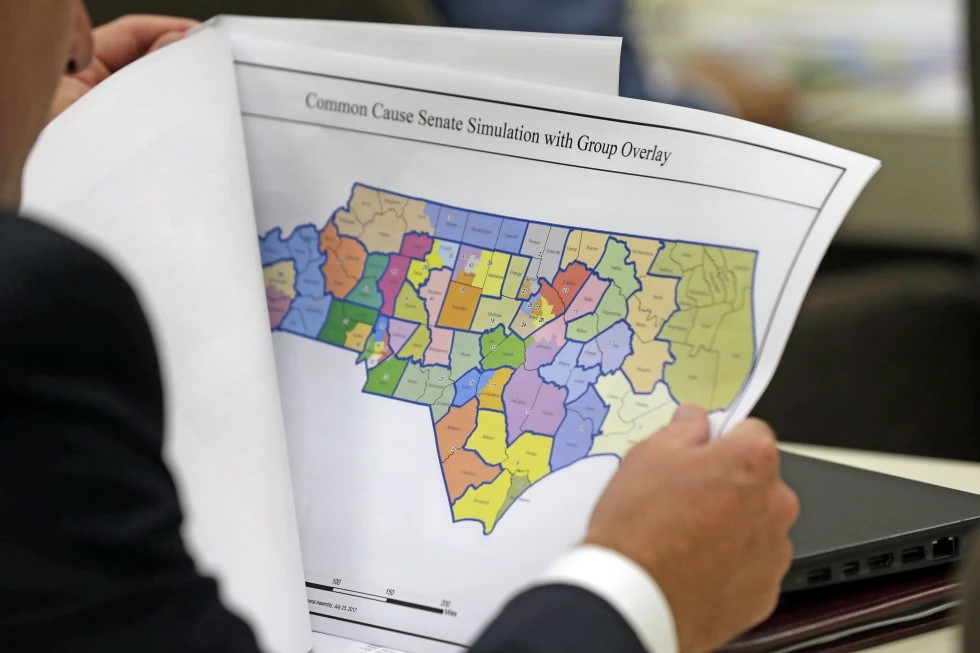
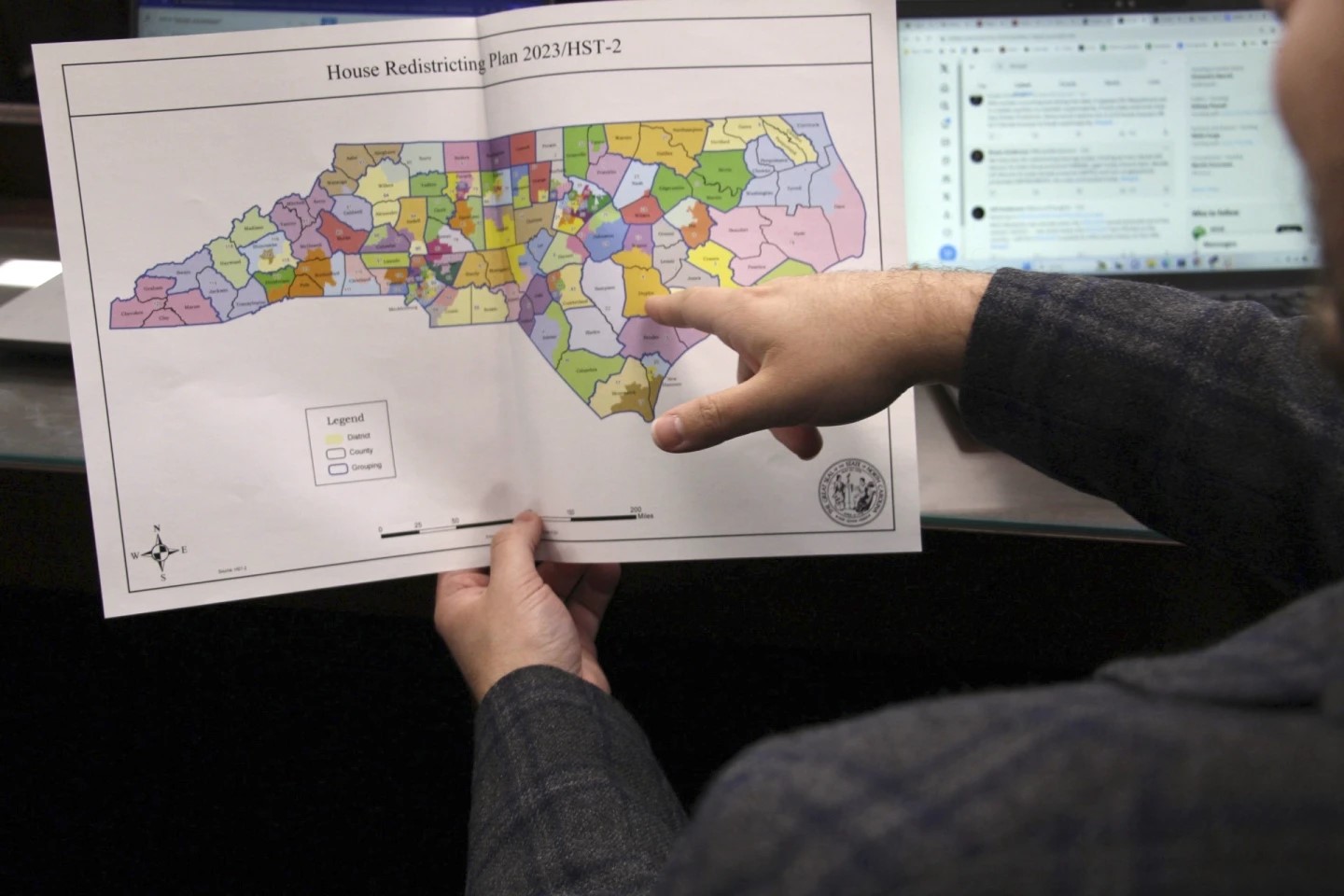
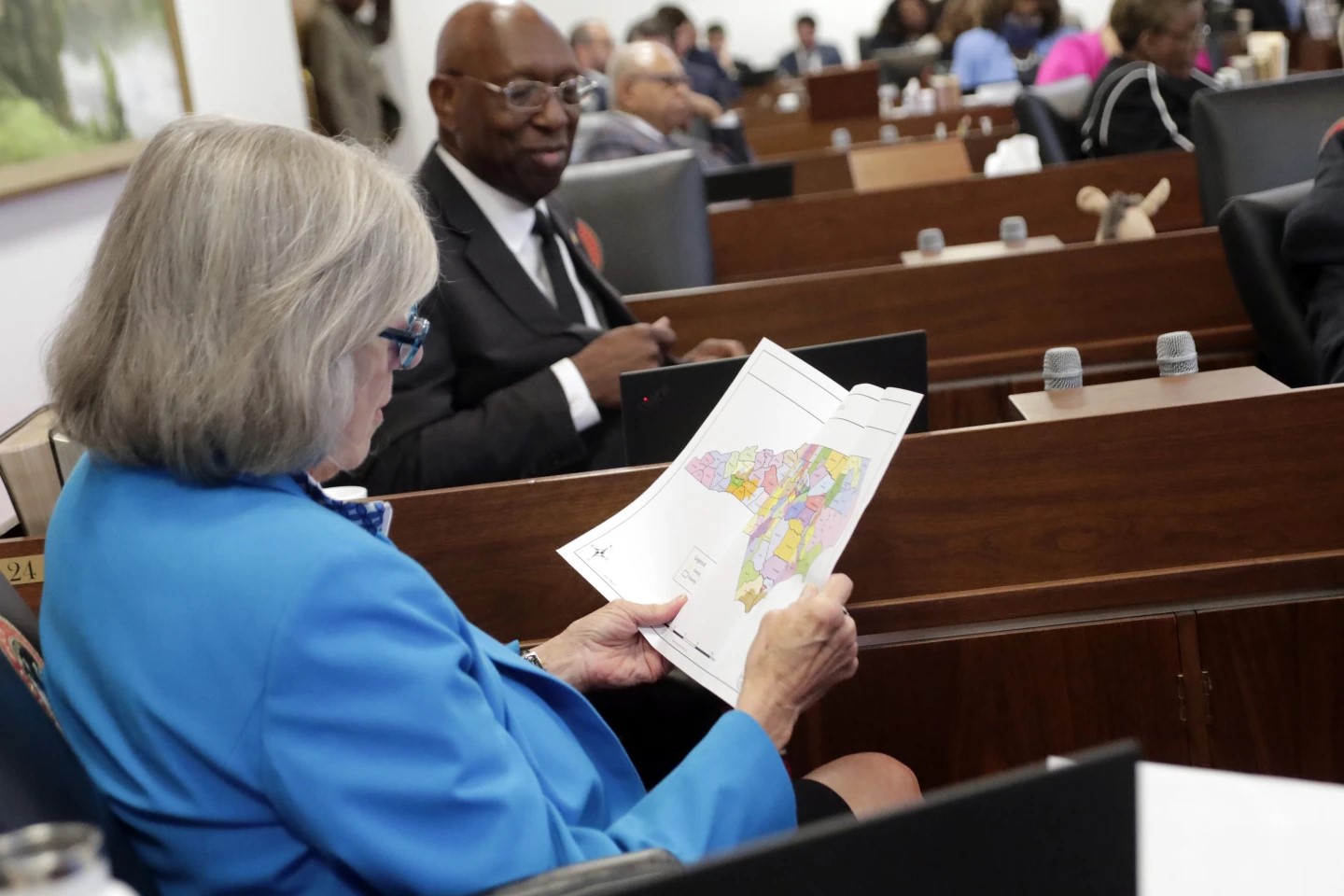


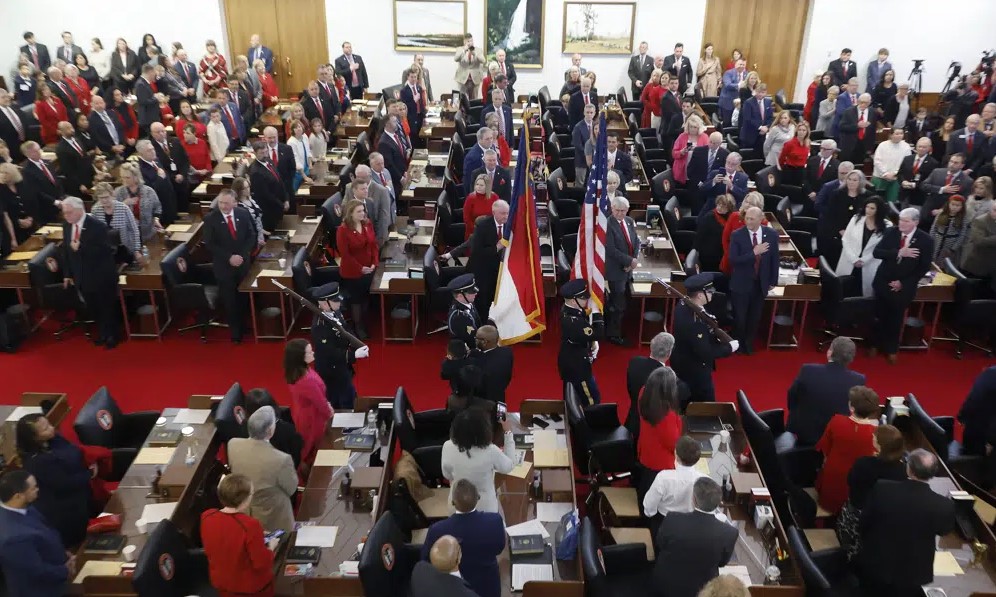
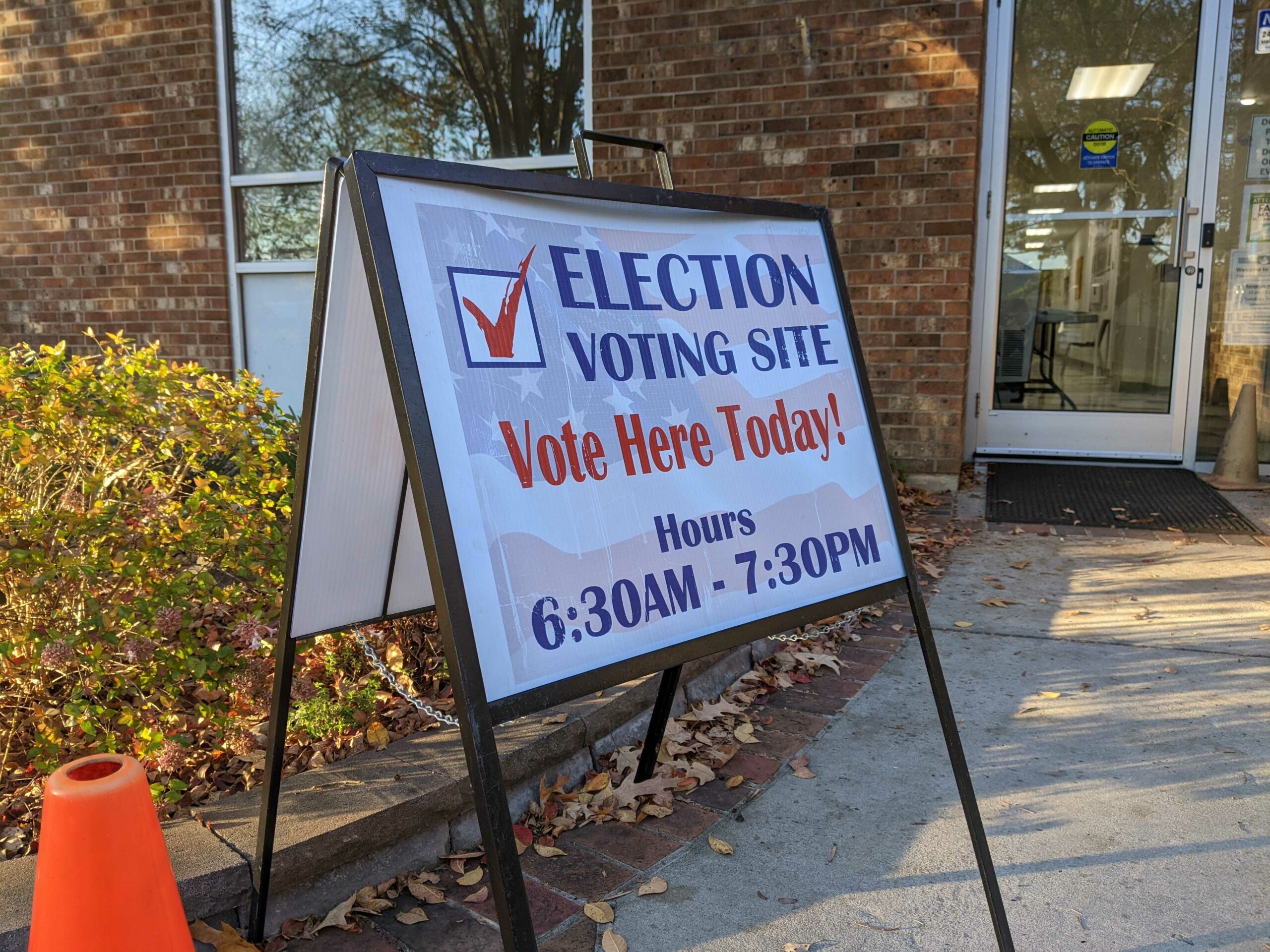
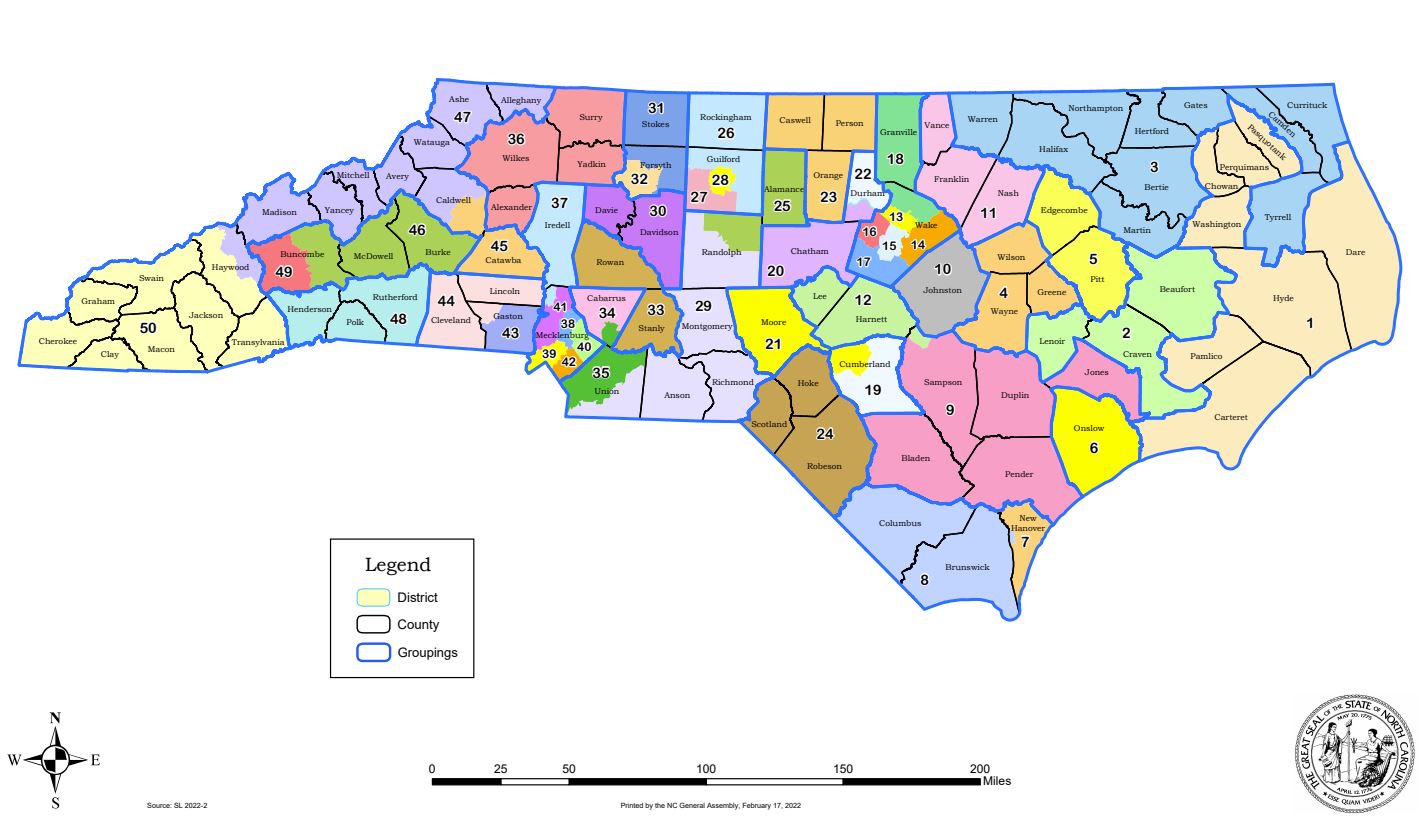

Comments on Chapelboro are moderated according to our Community Guidelines